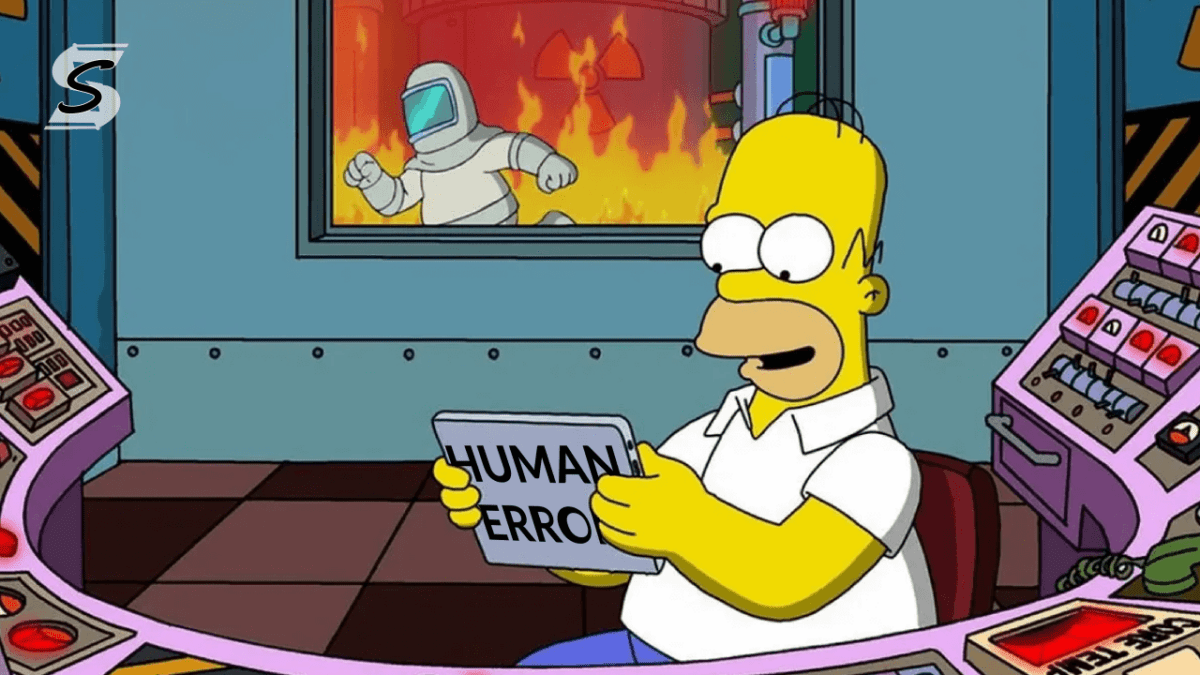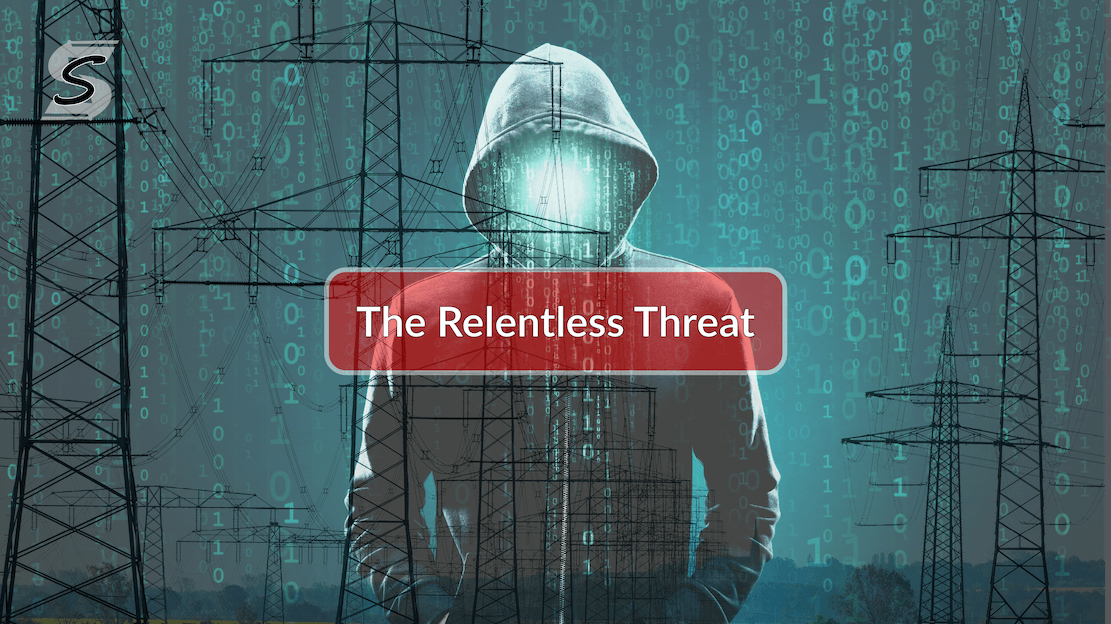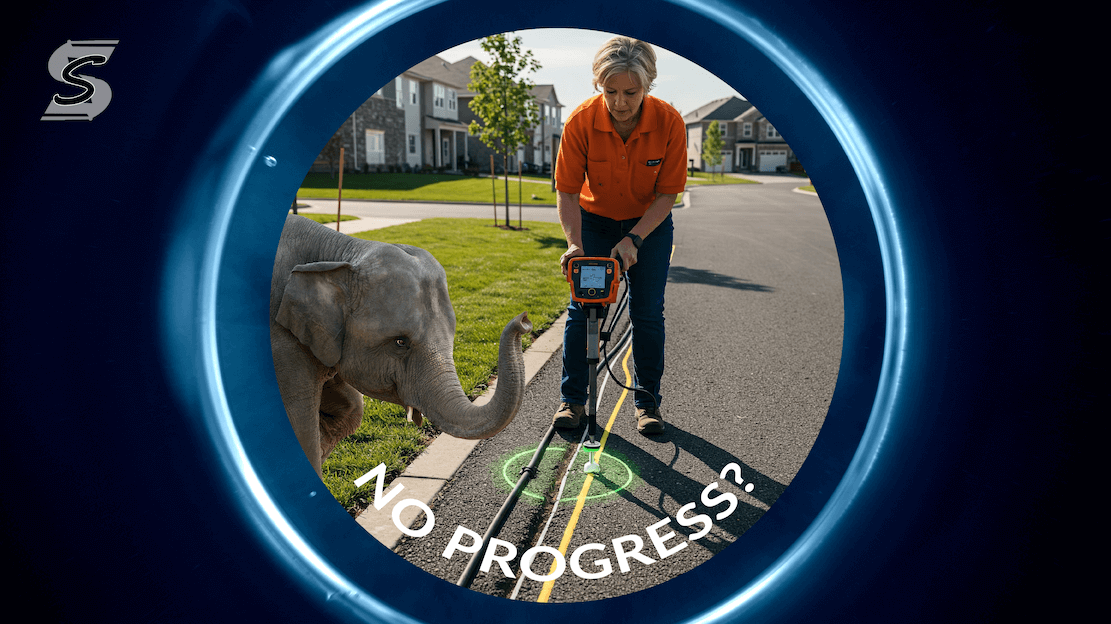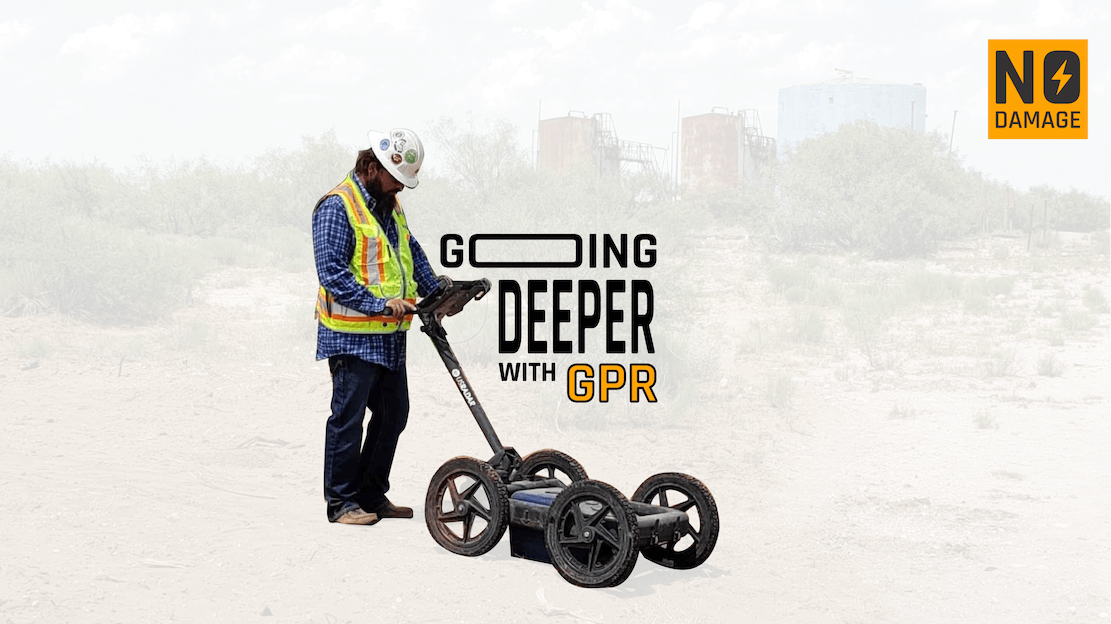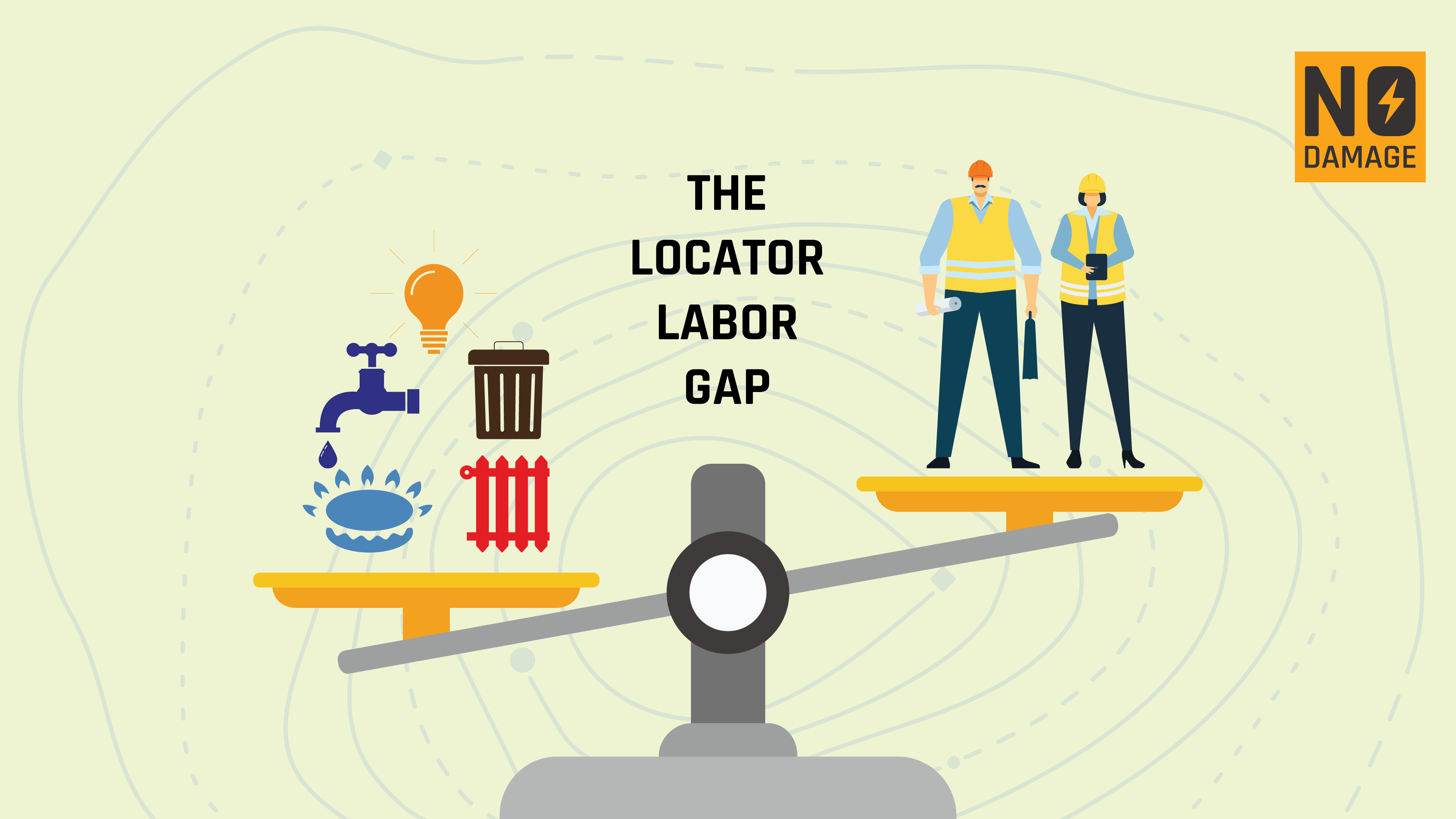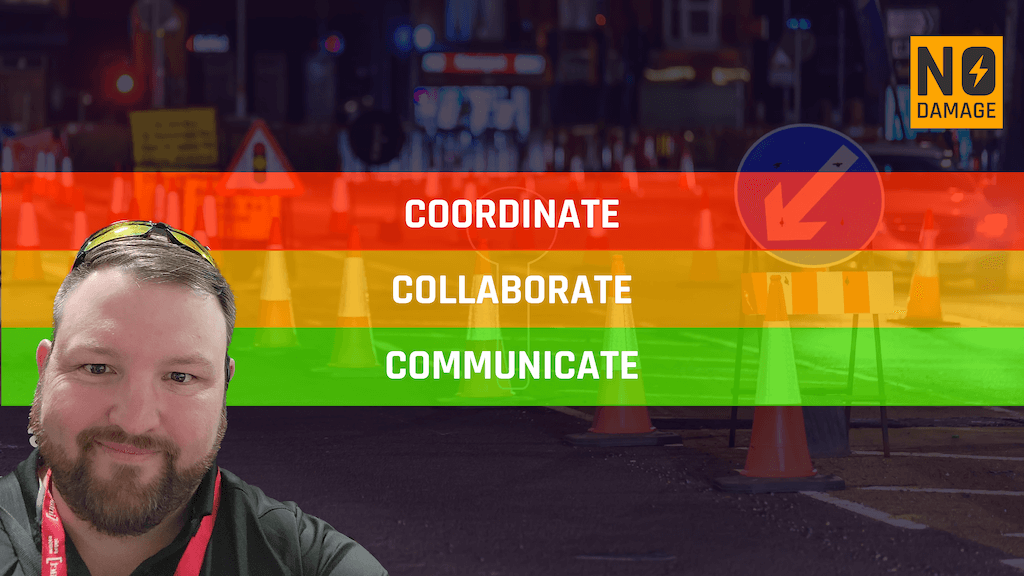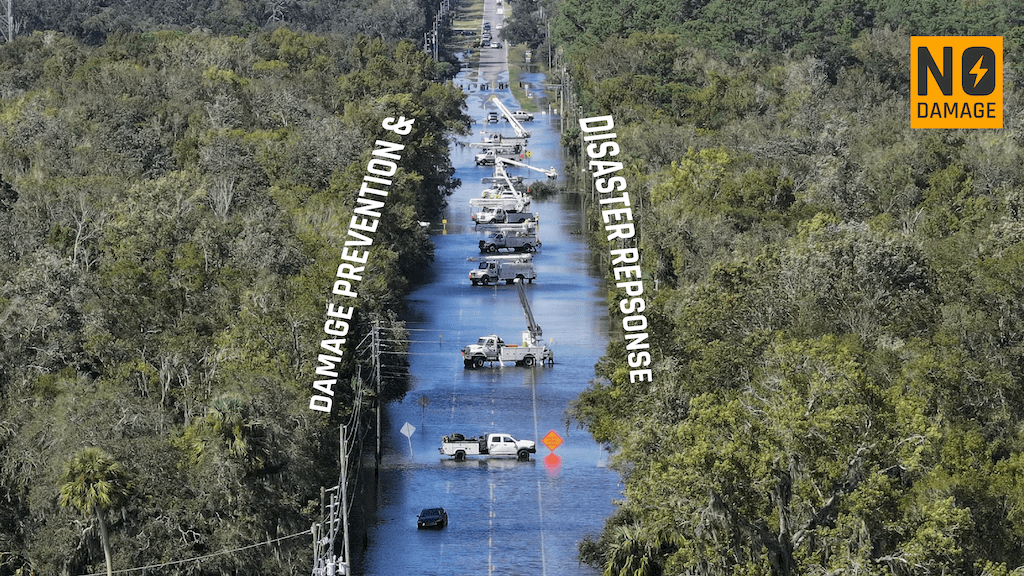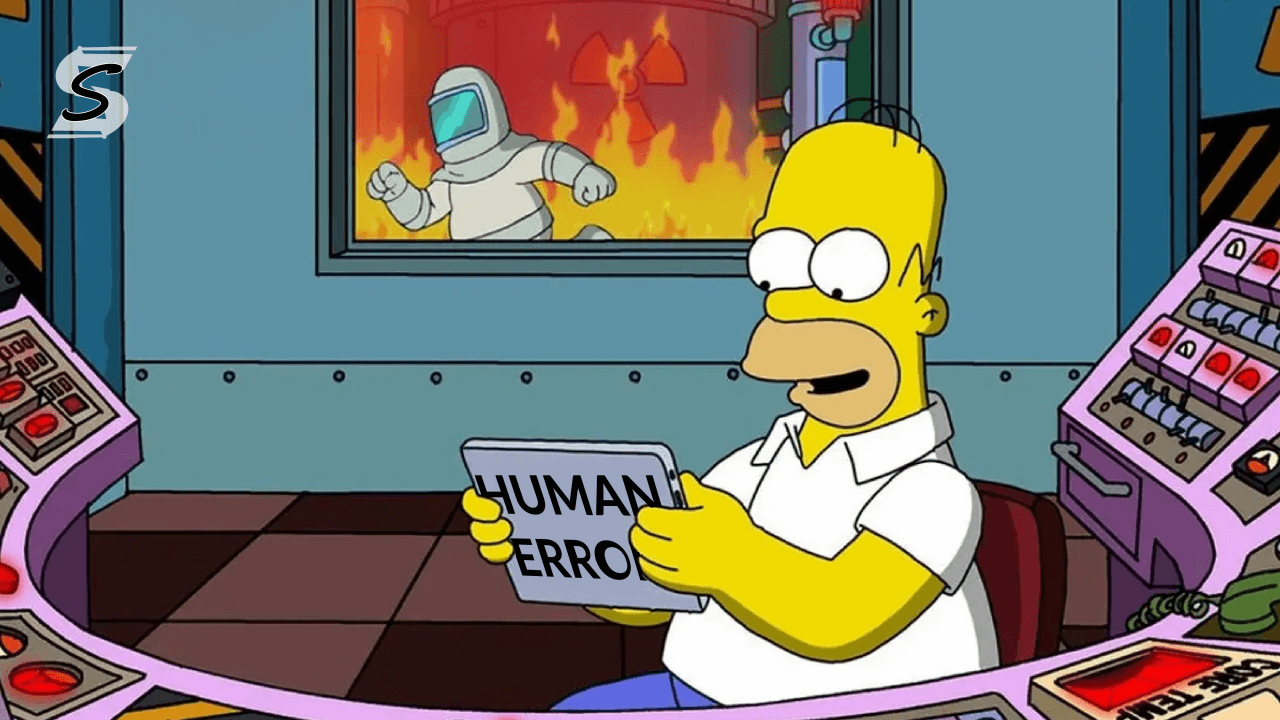
D'oh! Homer Simpson's nuclear mishaps, while comedic, highlight a fundamental truth: humans make mistakes. While hopefully none of our errors lead to a glowing green briefcase, the reality is that in critical infrastructure, human error poses a significant and persistent threat. These essential systems are the lifeblood of modern society, yet even with sophisticated technology and rigorous protocols, a single misstep, a lapse in judgment, or a failure to communicate can trigger a cascade of events with catastrophic consequences. This week, we'll delve into the critical role human error plays in infrastructure incidents, particularly within the oil, gas, and electric sectors, and explore strategies to mitigate these risks, ultimately strengthening resilience and bolstering worker safety.
How Human Error Impacts Infrastructure & Mitigation Strategies
Human error in infrastructure settings typically arises from several interconnected factors, each requiring targeted mitigation strategies:
- Insufficient Training and Knowledge: Operating complex systems, especially with the rapid adoption of new technologies, demands specialized skills and deep understanding. Mitigation: Comprehensive training and skills development are paramount. This includes simulation-based training (using VR and computer simulations to replicate real-world scenarios) and ongoing education (regular refresher courses and certifications to keep workers abreast of the latest advancements and best practices).
- Communication Failures: High-pressure environments, tight deadlines, and complex team dynamics can hinder effective communication. Misunderstood instructions, overlooked safety updates, or a failure to flag potential hazards can have devastating consequences. Mitigation: Strengthening communication systems is crucial. This involves establishing clear procedures and protocols (well-documented checklists and guidelines), implementing real-time communication tools (digital platforms for rapid dissemination of critical information and safety updates), and fostering strong team coordination (regular meetings and briefings to ensure alignment and encourage open communication).
- Fatigue and Stress: Workers in the energy sector often face long hours, demanding schedules, and high-stakes responsibilities, making them vulnerable to fatigue and stress. These factors significantly impair judgment and increase the likelihood of errors. Mitigation: Addressing fatigue and stress is essential. Strategies include optimized shift scheduling (incorporating adequate rest periods and shift rotation), providing access to mental health resources (support and stress management programs), and promoting overall wellness (programs focusing on physical fitness and well-being).
Mitigating Over-Reliance on Automation and Inadequate Safety Procedures
While automation enhances efficiency, it can also lead to complacency. Workers may become overly dependent on automated systems and struggle to react effectively when those systems malfunction or require human intervention. To mitigate this, optimizing human-machine collaboration is key. This involves leveraging AI assistance, where AI-powered systems monitor infrastructure and provide early warnings of potential issues. Furthermore, automated systems must deliver clear and easily understandable alerts that facilitate rapid corrective action. Coupled with this is the need for robust safety procedures. Even highly trained personnel can make mistakes if safety protocols are unclear, insufficient, or not consistently enforced. A lack of robust checks and balances can exacerbate the impact of seemingly minor errors. Therefore, implementing robust safety management systems is vital. This includes continuous monitoring (regular performance checks of infrastructure), structured risk management (systematic risk assessments, including audits and hazard identification), and cultivating a strong safety culture (where reporting errors and near misses is encouraged and viewed as an opportunity for improvement, not punishment).
Real-World Examples & Conclusion
Several incidents underscore the devastating impact of human error in the energy sector:
- The 2010 San Bruno Pipeline Explosion: A faulty weld, combined with inadequate inspection and maintenance, led to a catastrophic natural gas pipeline explosion in San Bruno, California, resulting in fatalities and widespread damage.
- The 2003 Northeast Blackout: A series of human errors, including a failure to properly manage tree growth near power lines and inadequate communication between operators, contributed to a massive power outage affecting millions across the northeastern United States and parts of Canada.
- The 2018 Merrimack Valley Gas Explosions: Overpressurization of gas lines due to a series of human errors during maintenance work led to multiple explosions and fires in Merrimack Valley, Massachusetts.
Human error remains a critical threat to the integrity and safety of our essential infrastructure. By prioritizing comprehensive training, fostering open communication, addressing fatigue and stress, optimizing technology use, and implementing robust safety protocols, we can significantly minimize its impact. Investing in worker safety and operational integrity are inextricably linked. Empowered, supported, and well-trained workers, aided by advanced risk analysis platforms like those offered by Urbint , contribute to safer systems and more resilient infrastructure. Continuous investment in these areas is paramount for safeguarding our critical infrastructure and ensuring its long-term functionality.
Share this Post

